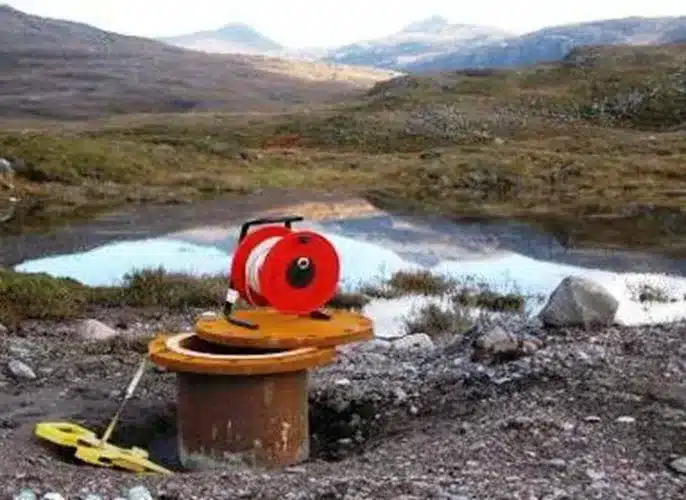Depletion in Groundwater Levels

In some parts of the country, groundwater levels are dropping due to continuous withdrawals caused by increasing demand for freshwater. There are also affected by the vagaries of rainfall, increased population, industrialization & urbanization.
Through a network of monitoring wells, the Central Ground Water Board (CGWB) periodically monitors groundwater levels across the country. Comparing the water level data collected by CGWB from November 2021 to the decadal mean of November 2011 to November 2020, about 70% of the wells monitored have registered a rise in water level, while about 30% have registered a decline in water level mostly between 0 and 2 meters.
Water is a state subject, so sustainable groundwater management, like rainwater harvesting and increasing water efficiency, falls under the state’s mandate. Moreover, the government is promoting conjunctive use of surface and groundwater based on village/gram panchayat-level water security plans prepared scientifically with community input.
With the World Bank’s help, the Government is implementing Atal Bhujal Yojana (Atal Jal), a Rs. 6000 crore Central Sector Scheme for sustainable groundwater management in 80 districts, 224 administrative blocks, and 8562 water-stressed Gram Panchayats (GPs) of seven states, Haryana, Gujarat, Karnataka, Madhya Pradesh, Maharashtra, Rajasthan and Uttar Pradesh from 1 April 2020 for a period of 5 years.
As part of the Jal Shakti Abhiyan (JSA), the Indian government launched a program in 2019 in 256 water-stressed districts in the country which will continue in 2021 to improve groundwater conditions in these areas. Further, the “Jal Shakti Abhiyan: Catch the Rain” (JSA: CTR) campaign for the years 2021 and 2022 has been launched by the Prime Minister and President of India respectively. The JSA-2022 shall continue till 30 Nov 2022. The JSA has given special emphasis on the creation of recharge structures, rejuvenation of traditional water bodies, intensive afforestation etc.
NTPC collaborates with Delhi Jal Board to convert Waste into Energy
Further, a number of States have done notable work in the field of water conservation/harvesting such as ‘Mukhyamantri Jal Swavlamban Abhiyan’ in Rajasthan, ‘Jalyukt Shibar’ in Maharashtra, ‘Sujalam Sufalam Abhiyan’ in Gujarat, ‘Mission Kakatiya’ in Telangana, Neeru Chettu’ in Andhra Pradesh, Jal Jeevan Hariyali in Bihar, ‘Jal Hi Jeevan’ in Haryana, and Kudimaramath scheme in Tamil Nadu etc.
Observer Voice is the one stop site for National, International news, Sports, Editor’s Choice, Art/culture contents, Quotes and much more. We also cover historical contents. Historical contents includes World History, Indian History, and what happened today. The website also covers Entertainment across the India and World.

